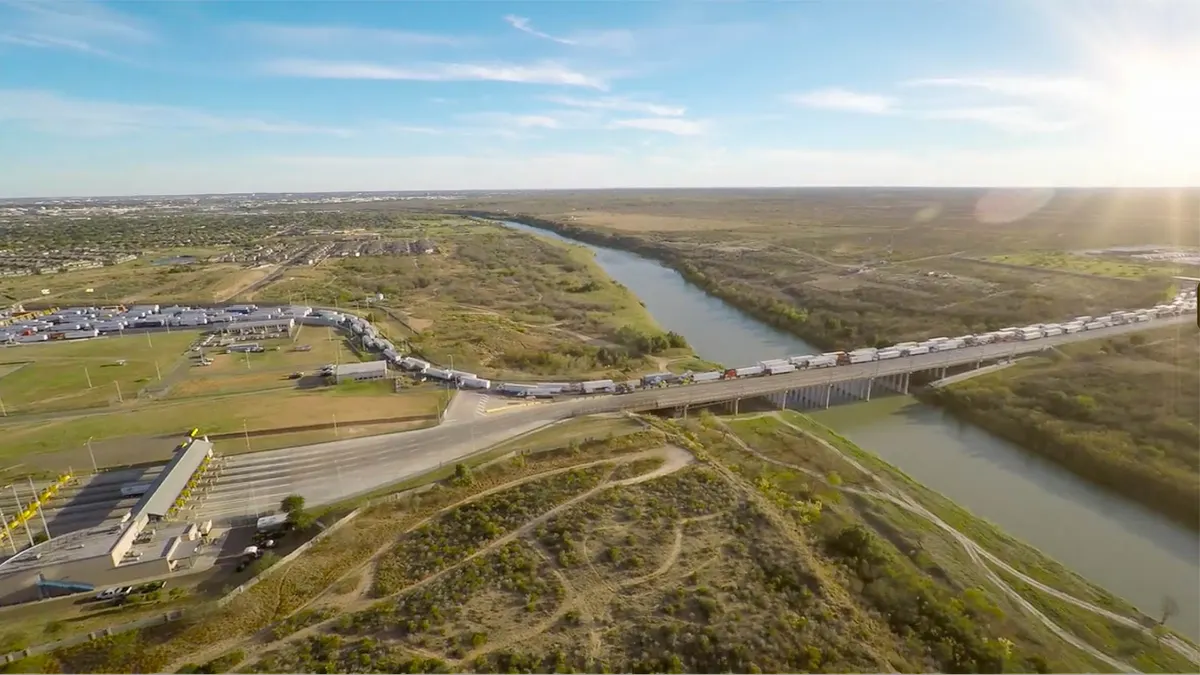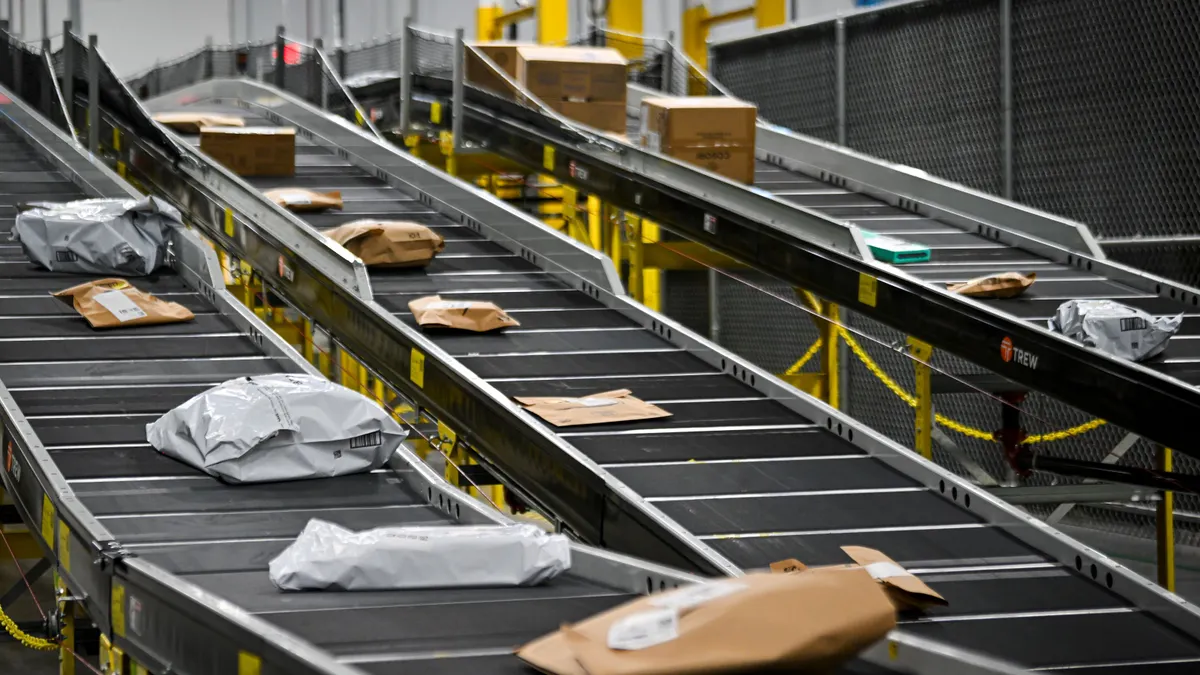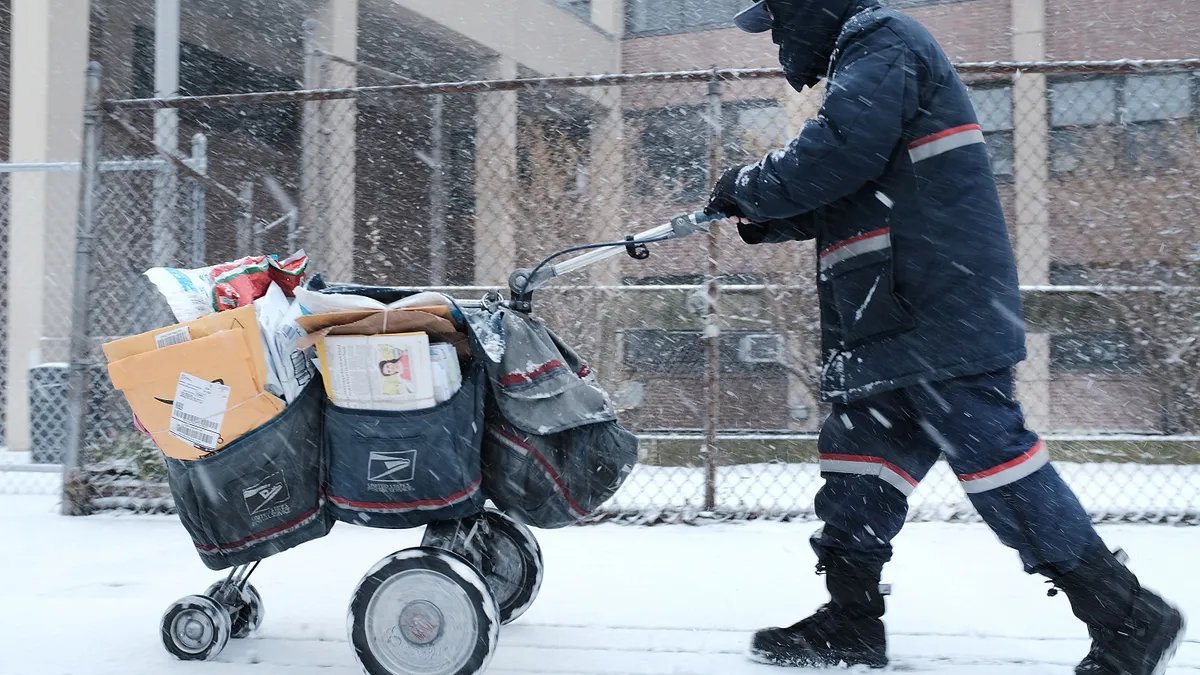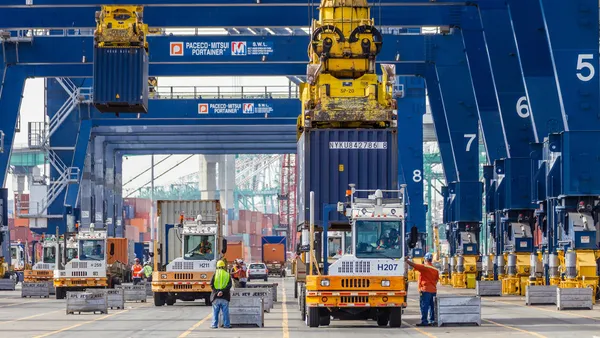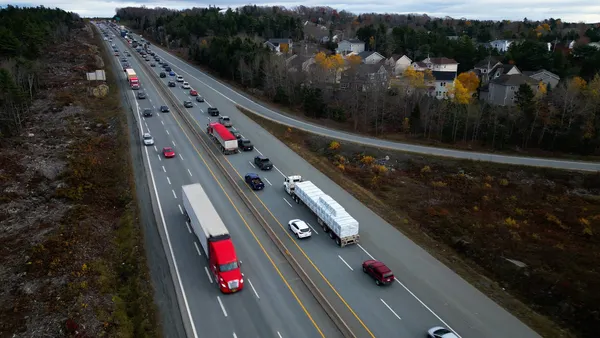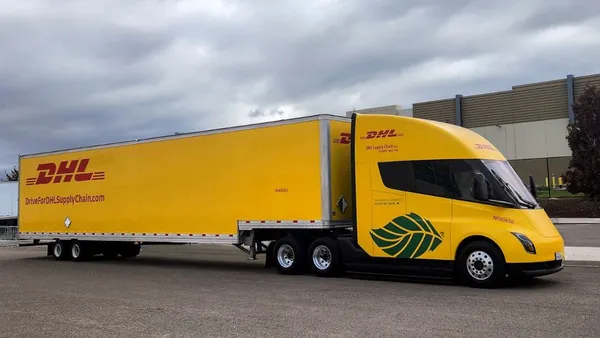In boardrooms across the country, nearshoring isn’t just a buzzword—it’s a blueprint. As companies look to reduce their exposure to geopolitical risk, long lead times and tariff uncertainty, Mexico has quickly become a centerpiece of global supply chain strategy.
But while sourcing is shifting, cross-border transportation hasn’t kept pace. Legacy models for moving freight from Mexico into the U.S. are cracking under pressure—at the exact moment when flexibility and control matter most.
It's time to rethink what cross-border logistics should look like in this new era—and how companies can build smarter, more resilient supply chains that scale with nearshoring growth.
The stakes are growing: Why Mexico matters more than ever
Mexico is no longer just a low-cost manufacturing alternative. It’s now a critical engine of U.S. supply chains across nearly every industry—from industrial machinery and building materials to food and beverage, consumer goods and electronics.
The numbers tell the story:
- Mexico became the U.S.’s largest goods trading partner in 2023, surpassing Canada and China (The Brookings Institution).
- Between 2018 and 2023, total trade between the U.S. and Mexico grew from $611.5 billion to $798.8 billion—a 31% increase that underscores the rising strategic importance of Mexico in North American supply chains (U.S. Census 2023, 2018).
- In Q1 2025, foreign direct investment tied to nearshoring in Mexico surged 165% year-over-year, topping $1.59 billion (Mexico News Daily).
- Mexico’s share of total U.S. imports rose from 13.4% in 2017 to nearly 16% in 2024, reflecting a growing shift away from China (Dallas Fed).
What was once a side strategy is now a front-line priority—and logistics leaders are under pressure to ensure the freight keeps up with the flow.
The Traditional Cross-Border Model Is Breaking
As nearshoring accelerates, cracks in the old model are showing:
- Visa crackdowns: U.S. enforcement of B-1 driver restrictions and English proficiency requirements is shrinking the eligible driver pool for cross-border hauls.
“We’ve already heard of major companies stepping away from carriers that rely heavily on B-1 drivers,” says Ed Habe, VP of Mexico Sales at Averitt. “And that shift is putting additional strain on the remaining legal capacity in the market. What’s more, with up to 70% of Mexico-based drivers possibly unable to meet English proficiency standards, we’re looking at a serious capacity crunch.”
- Cabotage limitations: Mexican carriers face tighter limits on U.S. domestic freight movement, forcing more handoffs and more complexity.
- Equipment shortages: A strained chassis and trailer market makes it harder for non-asset or fragmented broker networks to keep freight moving across the border.
- Visibility gaps: When freight passes through multiple partners at loosely coordinated yards in Laredo or elsewhere, shippers often lose sight of where their product is—and when it will arrive.
These friction points create risk, cost and inefficiency. And for companies scaling up Mexican production, they threaten to undermine the very benefits nearshoring is meant to provide.
A better path: Border-based transloading and pool distribution
Rather than pushing freight all the way from deep within Mexico to final U.S. destinations with one driver or one carrier, more shippers are adopting a two-part strategy:
Transload at the border
Shipments are brought by Mexican carriers to secure facilities at or near the border. There, they’re transferred to U.S.-based equipment—backed by domestic drivers—for final delivery.
This model offers significant advantages:
- Avoids regulatory pitfalls: No reliance on B-1 visa drivers or potential cabotage violations.
- Taps U.S. capacity: Access Averitt’s full truckload services and LTL services fleets for broader reach and faster turn times.
- Boosts control: Shippers gain clear checkpoints and consolidated oversight—especially critical when every delay counts.
Pool distribution for regional reach
By consolidating freight at the border and redistributing through a shared pool distribution network, companies can:
- Serve multiple U.S. destinations from a single import.
- Reduce last-mile costs.
- Improve time-in-transit and delivery consistency.
- Streamline customs clearance and reduce risk of freight being held at the border.
Cross-border resilience at scale
At Averitt, we’ve seen the impact of this model firsthand. With transload and pool distribution capabilities built into our U.S. network, we’re helping customers—from emerging manufacturers to large enterprise importers—scale their cross-border operations without adding friction.
Our integrated approach provides:
- Strategic transload access near the border.
- Owned U.S. assets with LTL and truckload capabilities.
- Domestic pool distribution options across the Southeast, Gulf and Central U.S..
- One point of contact and unified visibility.
It’s a model designed not just for today’s challenges—but for tomorrow’s growth.
A call to action for supply chain leaders
The opportunity is clear—and so is the risk. As Mexico becomes a bigger part of the global sourcing mix, companies must ensure that transportation strategies evolve alongside production.
That means moving away from outdated models and toward smarter, segmented and more resilient frameworks. Transloading and pool distribution are no longer niche strategies—they’re foundational components of a modern cross-border supply chain.
If your business depends on Mexico today—or will tomorrow—the time to rebuild the border is now.
Learn more about how Averitt can help you streamline your cross-border needs with Mexico.

